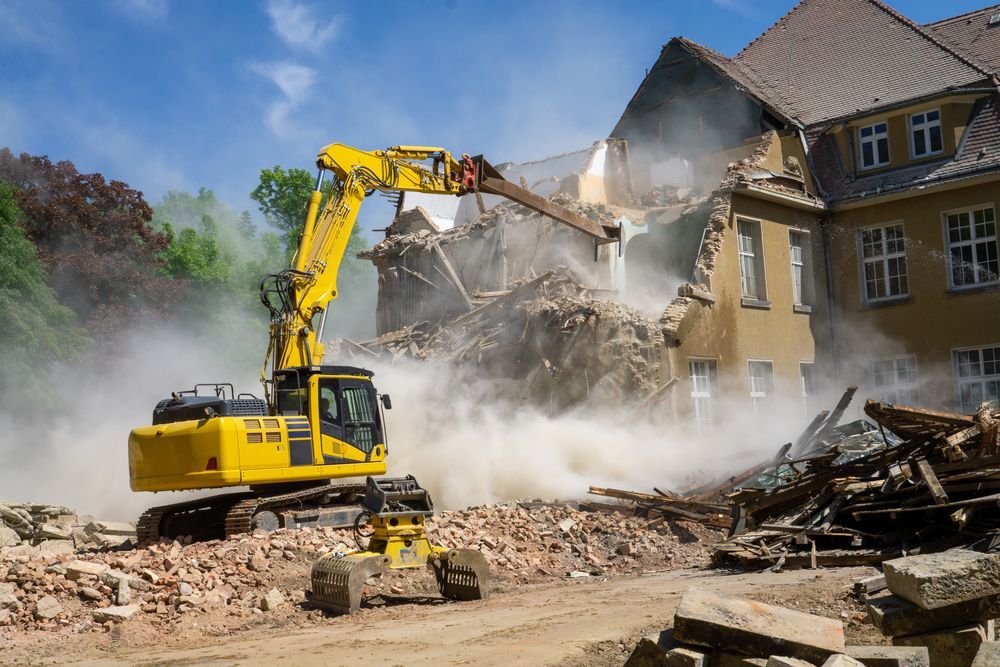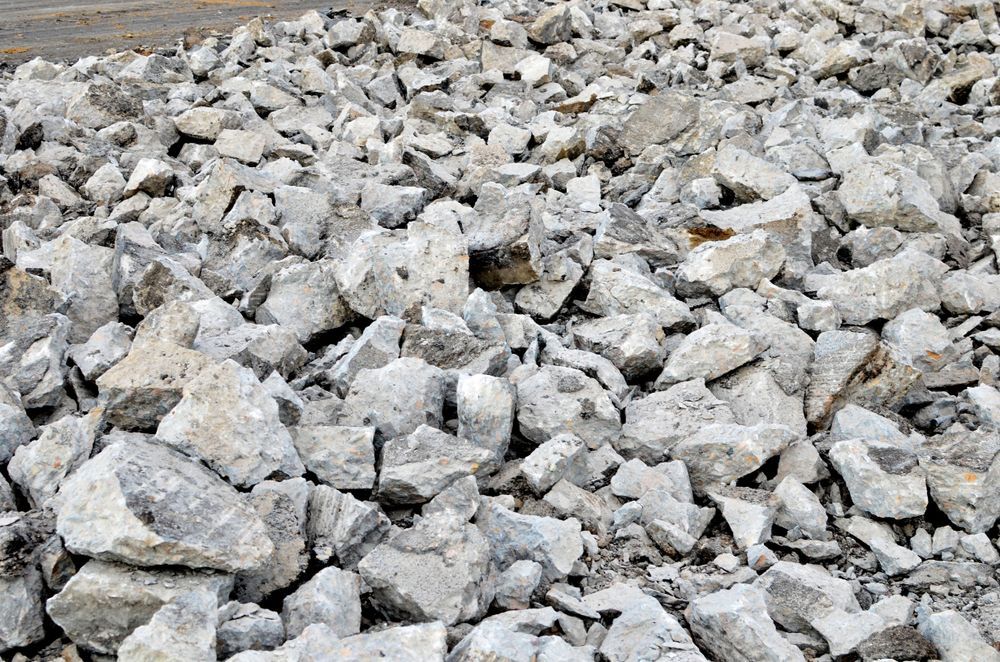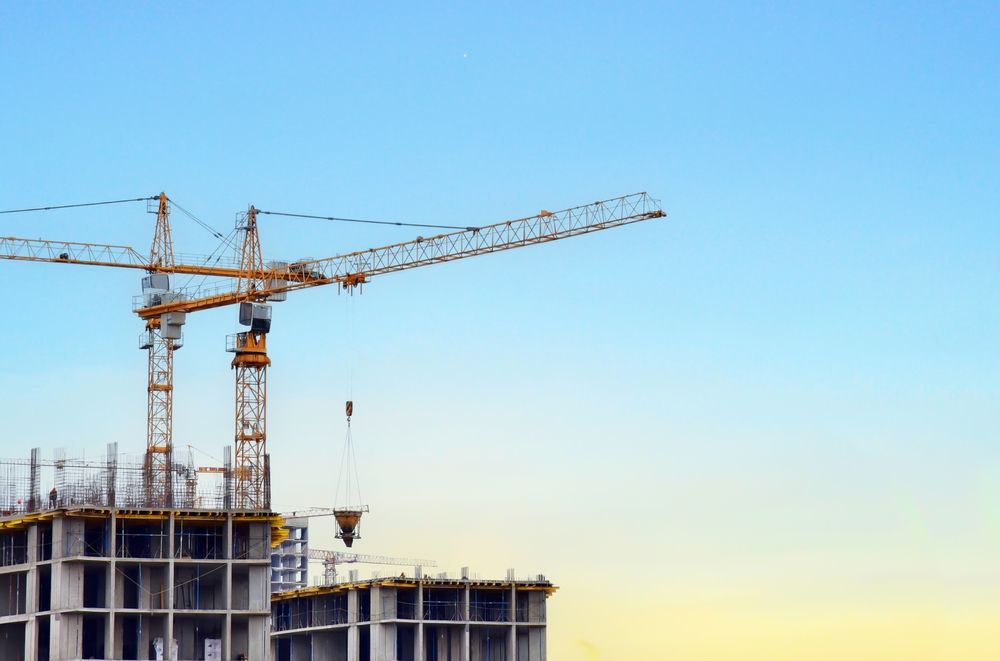Share this article:
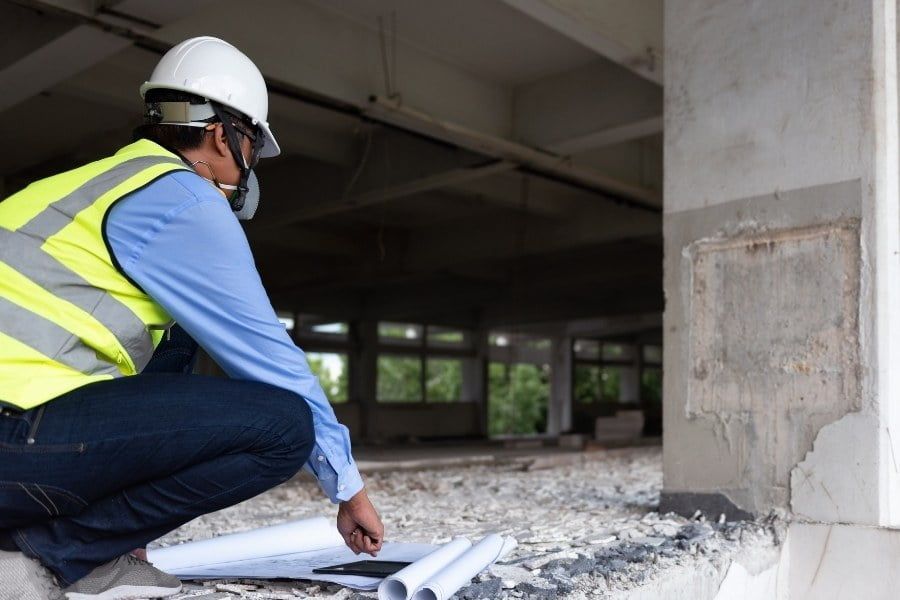
We’ve all heard the old saying about buildings with good bones. However, “good bones” are often not enough for modern, usable spaces. While the
structural, electrical, plumbing, and mechanical systems of your building may be in decent shape, you still need to conduct an overhaul to the building’s functionality. Rather than knocking down and starting from scratch, you can use a demo method known as Selective Demolition.
Giving you the ability to reduce costs and waste, repurpose materials, and lessen your environmental impact, Selective Demolition can be one of the most effective demolition methods if applicable to your project. Below, we’ll uncover what it takes to execute a successful selective demolition project, and you can leverage this method for your own facility.
What Goes Into A Successful Selective Demolition Project?
With every selective demolition project, a few key steps should always be met before going on to the next. Let’s walk through a successful demo project together.
Surveying & Planning
By nature, selective demolition projects require a high degree of prep and precision. That work is accomplished through extensive site surveying, which determines any unique needs and/or challenges a selective demo team may encounter. From there, an experienced team will spend time creating a detailed plan of action. An expert demo team will consider –
- The types of materials are being handled and any special handling considerations
- What interference will be caused by existing structures and utility lines
- Which team members will be best suited to tackle your project
- Any other pertinent information
“Cut and Cap” Utilities
Another important step to take before demolition begins is to hire plumbers and electricians to shut down and cap off any existing utilities. Doing so ensures everyone remains safe for the project’s duration, and no damage is caused to the structure. Additionally, any parts of your building not being demoed can continue operating as normal after a cut and cap process.
Create an Egress Path
One of the major benefits of selective demolition is its ability to help you save reusable materials for later use. While some of what you demo may be specially stored for later use, others can be sent to recycling facilities. Regardless of what you intend to use the salvaged materials for, a well-planned egress path needs to be established to ensure effective and efficient removal. Experts in selective demolition will help you create and maintain a clear, easy to use egress path for your materials.
Starting Your Selective Demolition Project with Alpine Demolition Services, LLC
If you’re looking for a highly experienced team to help guide, assist, and complete your selective demolition project, we’re ready to get started.
At Alpine Demolition, we are well versed in understanding the constraints and requirements common of selective demolition projects. Our promises are always to complete the job safely, on schedule, and with the latest information, technology/equipment, and sustainable practices available. Let’s get your project started today; call or
contact us online!
